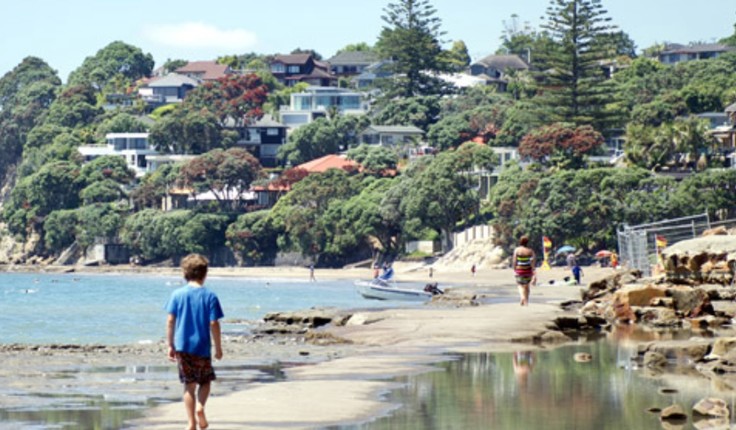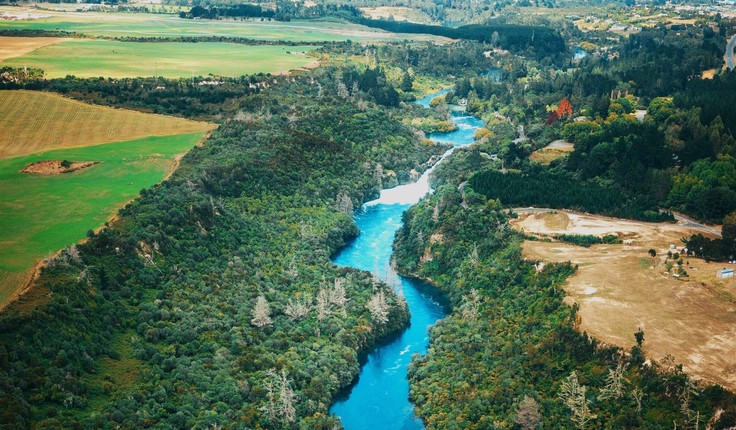News
NZILA welcomes review of the Resource Management Act
Posted 05 08 2020
in News

An independent review panel, led by retired Court of Appeal Judge, Tony Randerson QC, has suggested repealing the act and replacing it with two new pieces of legislation
The New Zealand Institute of Landscape Architects Tuia Pito Ora has welcomed the long anticipated review of the Resource Management Act, saying the focus on positive outcomes rather than the minimisation or avoidance of adverse effects is a positive step for urban environments.
An independent review panel, led by retired Court of Appeal Judge, Tony Randerson QC, has suggested repealing the act and replacing it with two new pieces of legislation - a Natural and Built Environments Act and a Strategic Planning Act(SPA).
Under the former, councils would have to work together with mana whenua to produce one combined regulatory plan for each region. It would require environmental bottom lines for resources like soil, water, air and biodiversity, consolidating more than 100 fractured RMA policy statements and plans into just 14 combined plans.
“This one move should drive efficiency in the planning process,” NZILA President Brad Coombs says. “The identification of natural features, landscapes and habitats of national significance will provide more consistency across the country.
“Although the identification of national and regional landscapes and features has the potential to set up two tiers of landscape protection.”
The panel suggests regional spatial strategies under the SPA. These strategies will look ahead 30 years and define areas that should be developed or that should be protected.


Coombs says regional spatial strategies are a good way of planning for the future growth of towns and cities and their infrastructure needs. He also says improved engagement with Maori in resource management by giving effect (rather than having regard) to the principles of Te Tiriti o Waitangi and requiring mana whenua input to the development of unitary plans is a good way to draw on indigenous knowledge for the future protection, growth and development of Aotearoa.
Coombs also pointed to the importance of recognising underwater landscape in resource management.
“The land above the water and the land below the water are made of the same thing,” he says. “Whether it's wet or not is more about a moment in time. Some sea floor is pushed up out of the ocean and becomes land and some land sinks below the water line.
“With approximately two thirds of the life sustaining oxygen that we breath coming from the oceans, the health of our marine ecosystems is incredibly important. We should care for our oceans as much as we do for the land.”
The panel is also proposing another piece of legislation, called the Managed Retreat and Climate Change Adaptation Act.
"Managing the effects of climate change has been a significant focus of our work," said the panel's chair, Judge Tony Randerson QC. "We have concluded that the complexities of the process of managed retreat - for example in coastal areas - require new discrete legislation we suggest be called the Managed Retreat and Climate Change Adaptation Act.”
Coombs says the NZILA is looking at how it can be involved in the biggest change in resource management laws for nearly 30 years.
“It will be an exciting time for us to influence and adapt to the change that is coming.”
Share
19 Dec
Christmas break 2025

see you from 12 January
As we wrap up another big year, we’re taking a moment to pause, breathe, and enjoy a well-earned break. Meri …
18 Dec
President’s update

December 2025
Earlier this month I attended the Ngā Aho Māori Design Professionals Wānanga-ā-Tau at Te Aranga Marae in Flaxmere. Tuia Pito …
18 Dec
Awards 2026 update

An update as we warm up for the 2026 Awards kaupapa. Submissions will open in March and will run for …
Events calendar
Full 2025 calendar